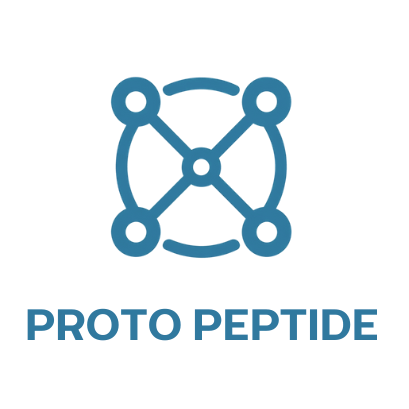Tesamorelin: A Peptide Advancing Fat Redistribution and Metabolic Health
In the rapidly advancing field of therapeutic peptides, Tesamorelin has emerged as a clinically validated synthetic analog of Growth Hormone-Releasing Hormone (GHRH). Designed to enhance the natural pulsatile secretion of endogenous growth hormone (GH), Tesamorelin was originally approved for specific patient populations but has since garnered broader interest for its potential applications in metabolic regulation, fat redistribution, and body composition improvement.
What is Tesamorelin?
Tesamorelin is a synthetic peptide analog of GHRH that stimulates the body’s natural growth hormone production. Initially approved for HIV-associated lipodystrophy, its ability to selectively reduce visceral fat has drawn interest for research involving age-related metabolic changes and body composition enhancement.
Primary Applications
Tesamorelin has demonstrated robust efficacy in reducing visceral adipose tissue (VAT), a metabolically active fat linked to cardiovascular risk and insulin resistance. Importantly, Tesamorelin selectively targets VAT without significantly affecting subcutaneous fat, making it valuable for precision body composition studies.
Beyond its original indication, researchers are exploring Tesamorelin for benefits such as:
- Improved lipid profiles: reductions in triglycerides and LDL cholesterol
- Enhanced insulin sensitivity in select populations
- Support for lean muscle mass retention during aging or caloric restriction
- Cognitive support: potential neuroprotective effects through GH/IGF-1 modulation in the central nervous system
Mechanism of Action
Tesamorelin binds to GHRH receptors in the pituitary gland, stimulating the release of endogenous GH. Elevated GH levels increase IGF-1 production, which enhances fat metabolism, supports lean mass, and may improve lipid profiles and cognitive function in research settings.
Clinical Research & Efficacy
Clinical studies show that Tesamorelin significantly reduces visceral fat, particularly in individuals with elevated abdominal adiposity. Additional benefits include improved triglyceride levels and reductions in C-reactive protein. Unlike exogenous GH, Tesamorelin leverages the body’s natural regulatory mechanisms, potentially reducing long-term risks.
Comparison to Other Peptides
| Peptide | Mechanism | Primary Use | Visceral Fat Reduction |
|---|---|---|---|
| Tesamorelin | GHRH Analog | Fat redistribution, GH stimulation | Yes – Clinically supported |
| CJC-1295 | GHRH Analog | GH/IGF-1 enhancement | Moderate (experimental) |
| Ipamorelin | Ghrelin receptor agonist | GH secretion | Indirect, less defined |
Pharmacokinetics and Administration
Tesamorelin is typically administered via subcutaneous injection with a pharmacokinetic profile supporting once-daily dosing. Though its half-life is relatively short, biological effects persist due to the sustained endogenous GH response. This approach avoids chronic GH elevation, reducing risks such as acromegaly and preserving natural hormonal rhythms.
Safety and Side Effects
Tesamorelin is generally well-tolerated. Mild injection site reactions, water retention, and occasional joint pain or elevated blood sugar have been reported. It is contraindicated in patients with active malignancy due to GH’s growth-promoting effects.
Conclusion
Tesamorelin is a precision-targeted peptide with validated efficacy in fat redistribution and GH enhancement. By activating the body’s natural endocrine systems, it stands apart from exogenous GH therapies, offering a focused approach for research on metabolism, body composition, and age-related hormonal modulation.
Disclaimer
This content is intended for informational and educational purposes only. It is not intended to promote or sell any product and does not replace professional medical advice, diagnosis, or treatment. Always consult a qualified healthcare provider before beginning any new supplement or research compound. Statements have not been evaluated by the FDA or Health Canada and may change as scientific understanding evolves.
